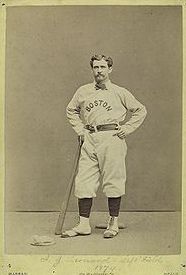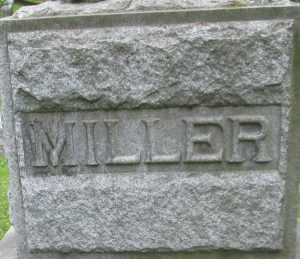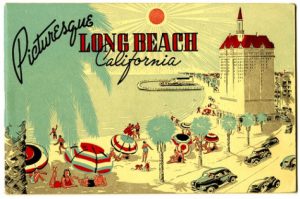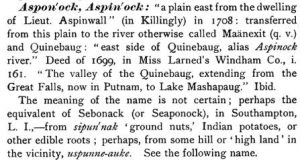
On 5 May 1871, Andy Leonard stepped up to home plate at Olympics Grounds in Washington, D.C. Few realized it at the time, but the second baseman of the Washington Olympics was about to make history.
Andrew Jackson “Andy” Leonard was born on 1 June 1846 in County Cavan, Ireland, to Andrew and Ann (Leddy) Leonard.[1] At the age of 2, Andy traveled to America with his parents to escape the Potato Famine.[2] The family settled in Newark, New Jersey, where, from a young age, Leonard began exhibiting a talent for baseball. Beginning in 1864, Andy began a five-year stint playing amateur baseball for teams in the New York metropolitan area before moving to Cincinnati.[3] In 1869, Leonard made history for the first time by joining the 1869 Cincinnati Red Stockings, the first fully professional baseball team.[4] Leonard was paid $800 for his first season, which lasted from 15 March to 15 November.[5] He remained with the Red Stockings through the 1870 season. Continue reading ‘His last Strike-Out’






